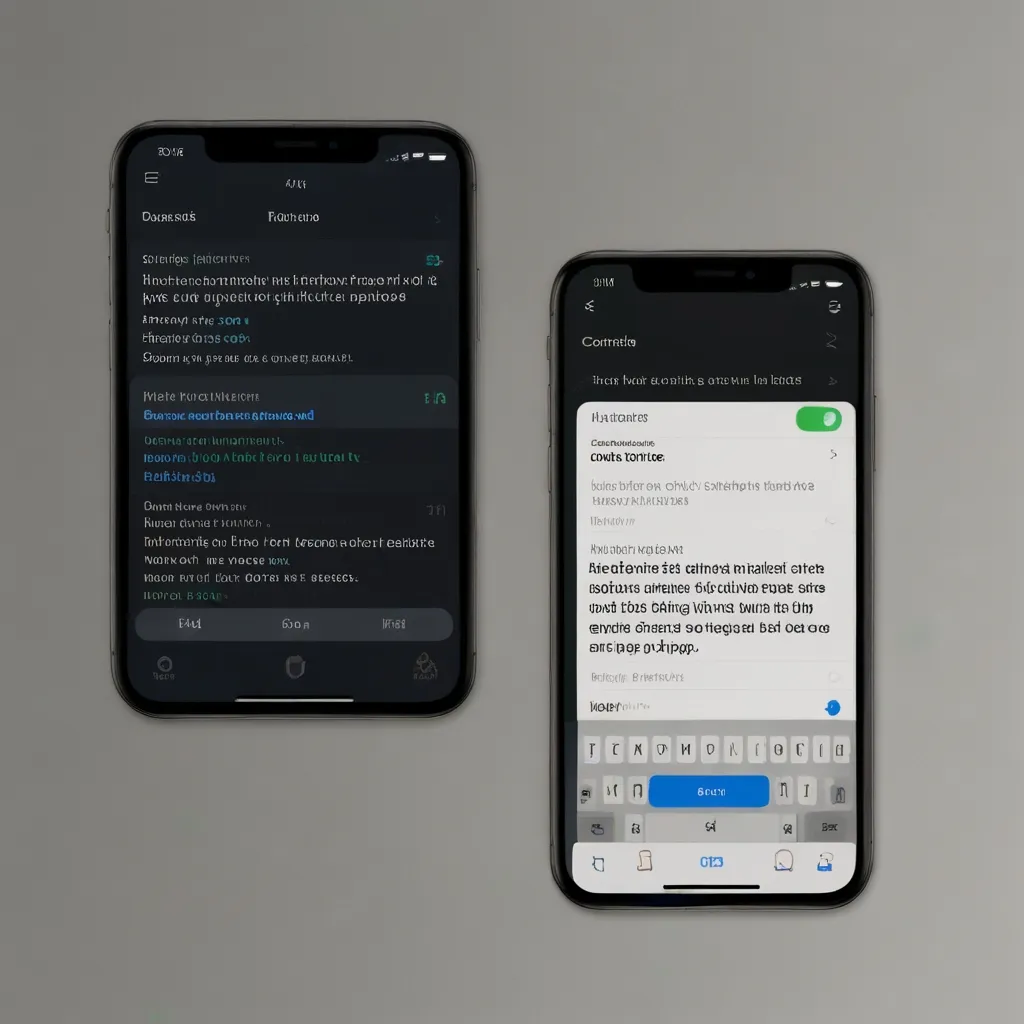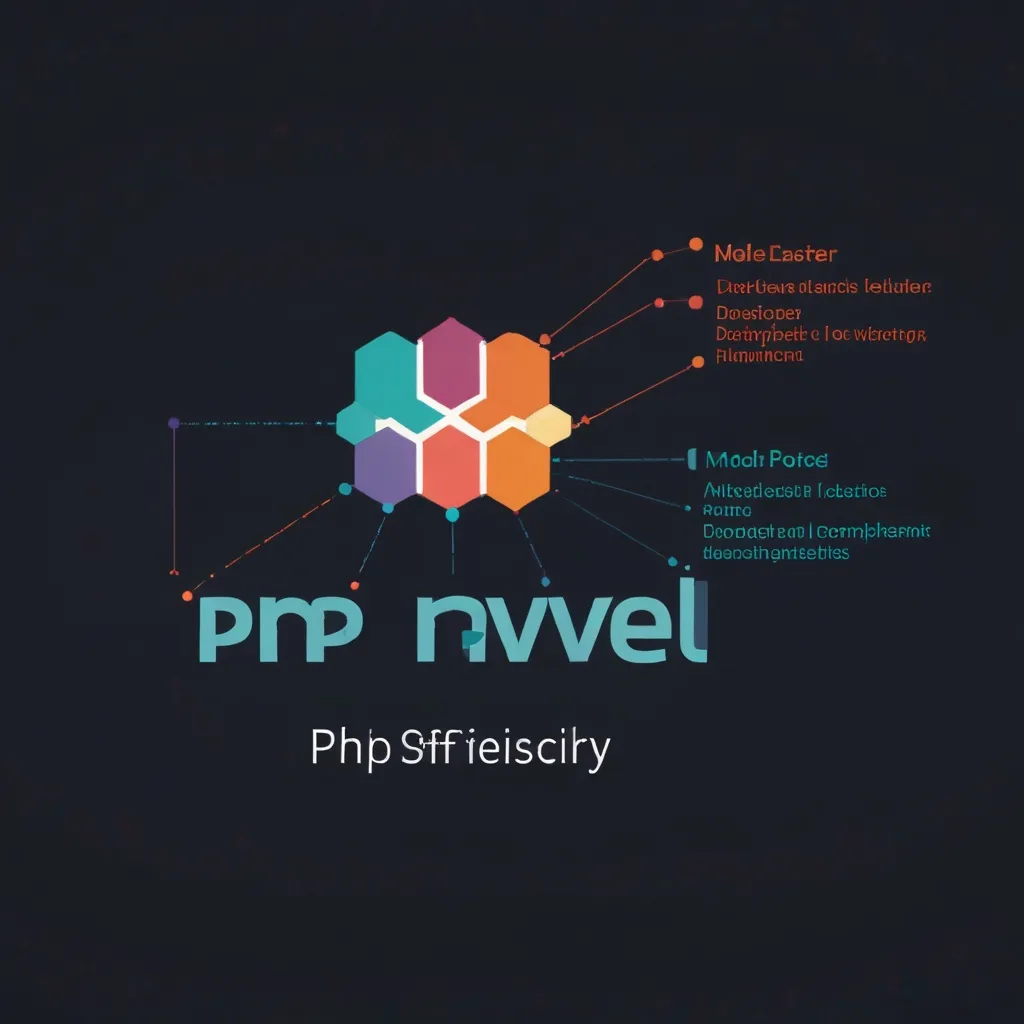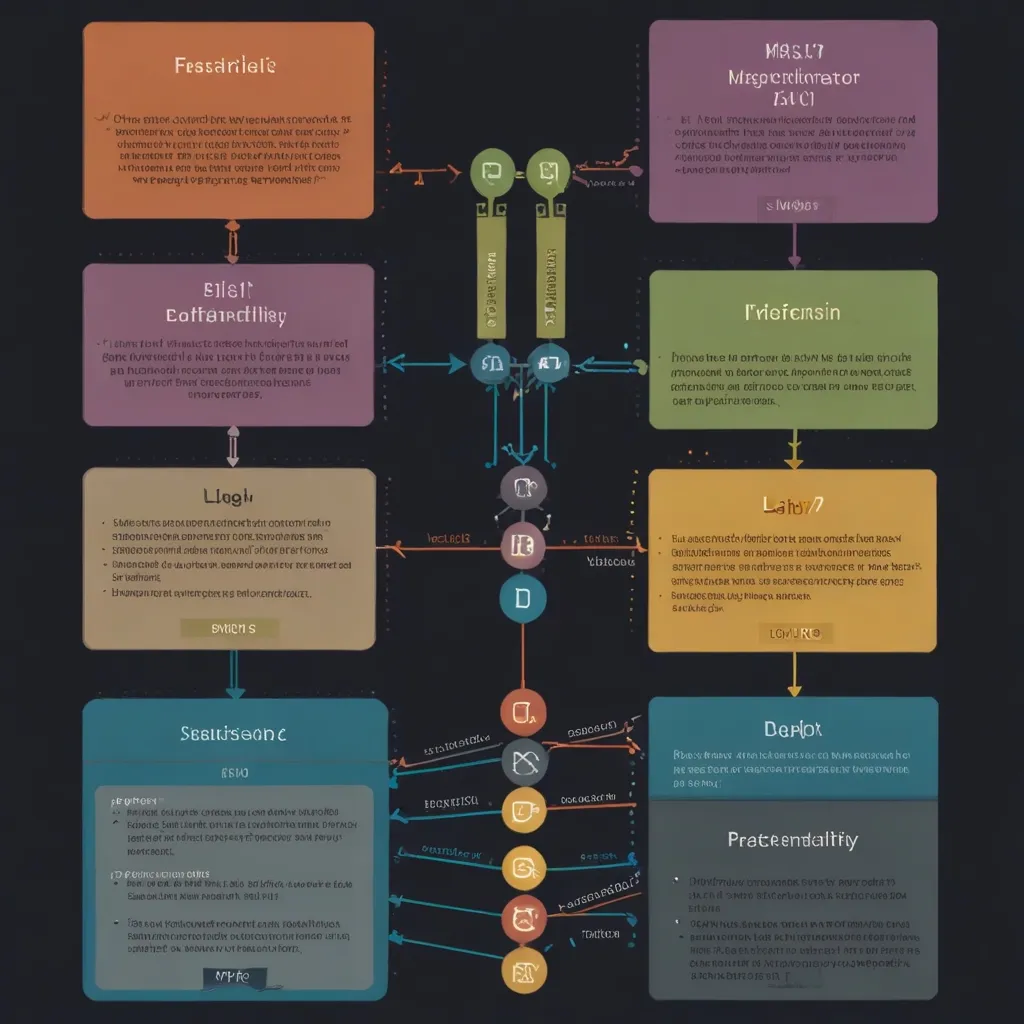Jumping into Grails: Your Go-To Guide for Groovy-Based Web Development
So you’re thinking about diving into web development and want something that jives well with the Java platform? Meet Grails. It sits pretty on top of Spring Boot and dances gracefully with Groovy. It’s like where high productivity meets simplicity in the world of web app building.
What is this Grails thing anyway? Imagine an open-source framework cooked up to make web development faster, smoother, and frankly, less of a headache. While it’s got a vibe similar to Ruby on Rails, Grails speaks fluently in Java. Thanks to Groovy, a language that’s as friendly with dynamic typing as it is with static, Grails ends up being that versatile tool every developer dreams of.
Why Should Grails Be On Your Radar?
Let’s cut to the chase. Grails is all about making your life easier—it’s what “coding by convention” (CoC) does best. This means you spend less time fiddling with configuration files and more time actually building cool stuff. For instance, Grails handles tedious tasks like mapping HTTP requests to controllers and views without you lifting a finger. Just follow those simple conventions, and voilà, the magic happens.
Setting Your Stage with Grails
Ready to jump in? Setting up Grails isn’t rocket science. Here’s your cheat sheet:
- Java and Groovy—Your Dynamic Duo: Grails thrives on Java, so get that installed first. Then, snag Groovy from its official site.
- Grab Grails: Head to the Grails website, download the latest version, and follow the guide to set it up.
- Pick Your Tools: Whether you’re an IntelliJ IDEA fan or more of an Eclipse kind of person, pick an IDE you feel at home with and set it up to groove with Grails.
Booting Up Your First Grails Adventure
Strap in. Creating your first Grails app is a breeze.
- Fire Up Terminal: Pop open your terminal or command prompt.
- Craft a New App: Hit it with
grails create-appfollowed by your app’s name, like so:grails create-app myFirstGrailsApp - Get in There: Navigate into your shiny new creation.
cd myFirstGrailsApp - Spin It Up: Bring your app to life with
grails run-app.grails run-app - Behold: Point your browser to
http://localhost:8080and bask in the glory of your running app.
Cracking Open the Grails Directory
Your new Grails app comes with an interesting directory layout. Here’s a quick tour:
- grails-app: This is where all your application magic happens—controllers, views, and domain classes live here.
- src: Park your source code here, be it Java or Groovy.
- test: All your unit and integration tests call this home.
- build.gradle: This file is your go-to for managing dependencies and build configurations.
Domain Classes and the Marvel of GORM
Grails leans on the Grails Object-Relational Mapping (GORM) toolkit to make data wrangling a breeze. Think of GORM as your gateway to a treasure trove of APIs for both relational and non-relational databases. Here’s a snapshot of creating a simple domain class:
// grails-app/domain/com/example/User.groovy
package com.example
class User {
String name
String email
static constraints = {
name blank: false
email email: true, blank: false
}
}
This tiny piece of code sets up a user with name and email fields, and the constraints block makes sure things like validation happen without a hitch.
Controllers in Action
Controllers are the backbone of any Grails app. They handle HTTP requests and make things tick behind the scenes with domain classes. Here’s a quick peek at a simple controller:
// grails-app/controllers/com/example/UserController.groovy
package com.example
class UserController {
def index() {
def users = User.list()
[users: users]
}
def create() {
[user: new User()]
}
def save(User user) {
if (user.save()) {
flash.message = "User created successfully"
redirect action: "index"
} else {
render view: "create", model: [user: user]
}
}
}
This handy little controller can list users, let you create a new one, and save it too. The save method even handles form submissions like a pro.
Let’s Talk Views
Views in Grails typically take the shape of Groovy Server Pages (GSP). Here’s how an index view might look:
<!-- grails-app/views/user/index.gsp -->
<!DOCTYPE html>
<html>
<head>
<meta name="layout" content="main"/>
<title>Users</title>
</head>
<body>
<h1>Users</h1>
<ul>
<g:each in="${users}" var="user">
<li>${user.name} - ${user.email}</li>
</g:each>
</ul>
</body>
</html>
This snippet grabs all users using the g:each tag from the Grails tag library and lists them out neatly.
Embracing Asynchronous Capabilities
Grails makes working with asynchronous operations smoother. With Promises and RxJava up its sleeve, you can handle reactive logic effortlessly. Here’s a quick example using Promises:
// grails-app/services/com/example/AsyncService.groovy
package com.example
import grails.async.Promise
class AsyncService {
def asyncMethod() {
Promise.promise { result ->
// Perform some asynchronous operation
result.success("Operation completed")
}
}
}
This service method returns a Promise that can keep things ticking asynchronously.
Plugins—The Powerhouse of Extensibility
One of the cool things about Grails is its plugin ecosystem. Plugins let you extend and enhance the framework’s capabilities. Craft your own or dive into the vast library available. Here’s how to whip up a simple plugin:
- Spin Up a Plugin: Start with the
grails create-plugincommand.grails create-plugin myPlugin - Add Some Flavor: Tweak the plugin code to shape it your way.
- Plug It In: Slide it into your project via the
build.gradlefile.plugins { id "com.example.myplugin" version "1.0" }
This method is all about reusing code and supercharging your apps.
Wrapping It Up
There you have it. Grails isn’t just a framework; it’s your new best friend in the world of web development on the Java platform. It’s got convention over configuration, a seamless integration with Java and Spring, and a massive plugin ecosystem. Grails is that sweet spot between being newbie-friendly and robust enough for seasoned Java devs. So go ahead, dive in, and start building web apps like a pro. Grails has got your back.






